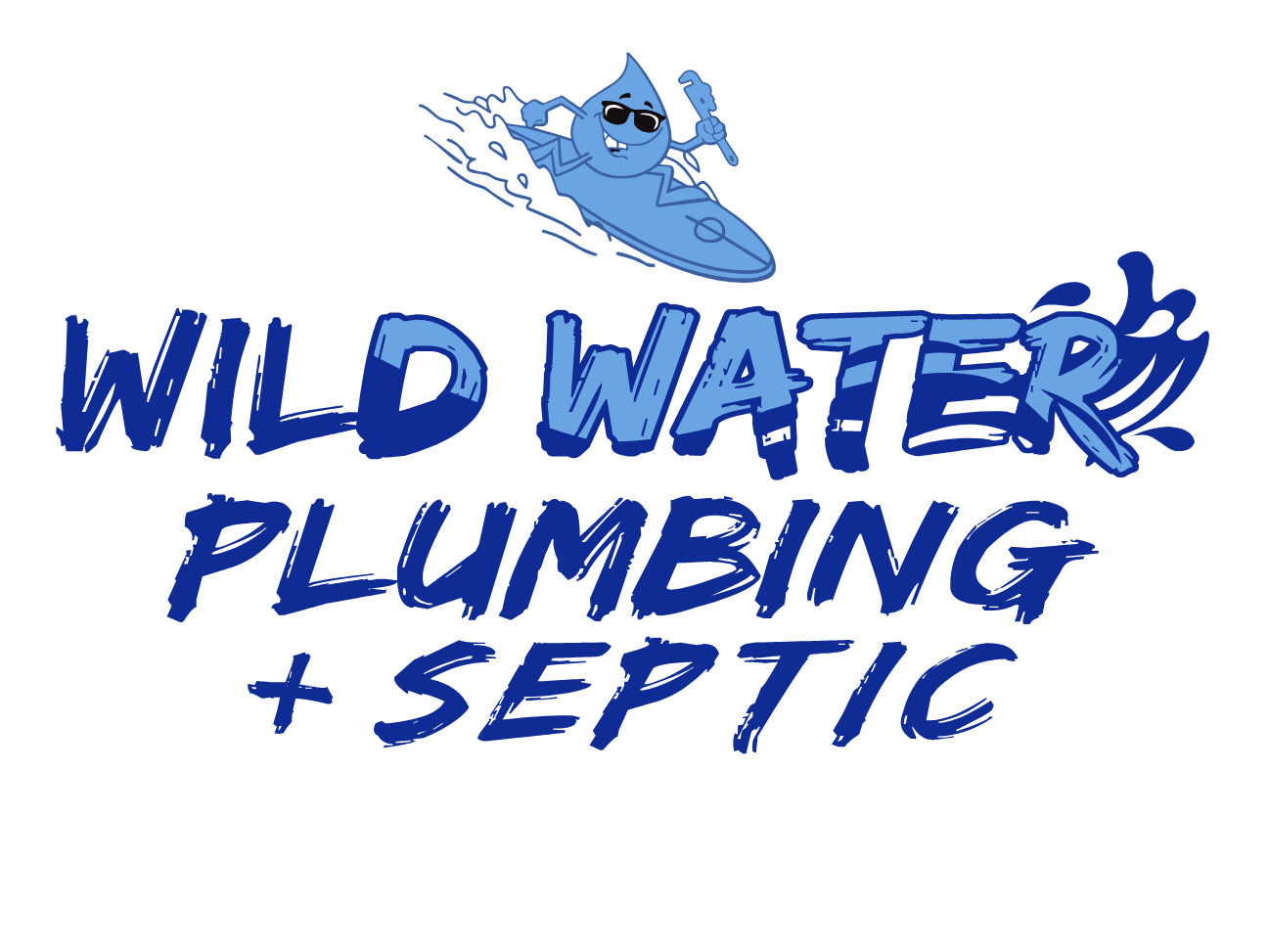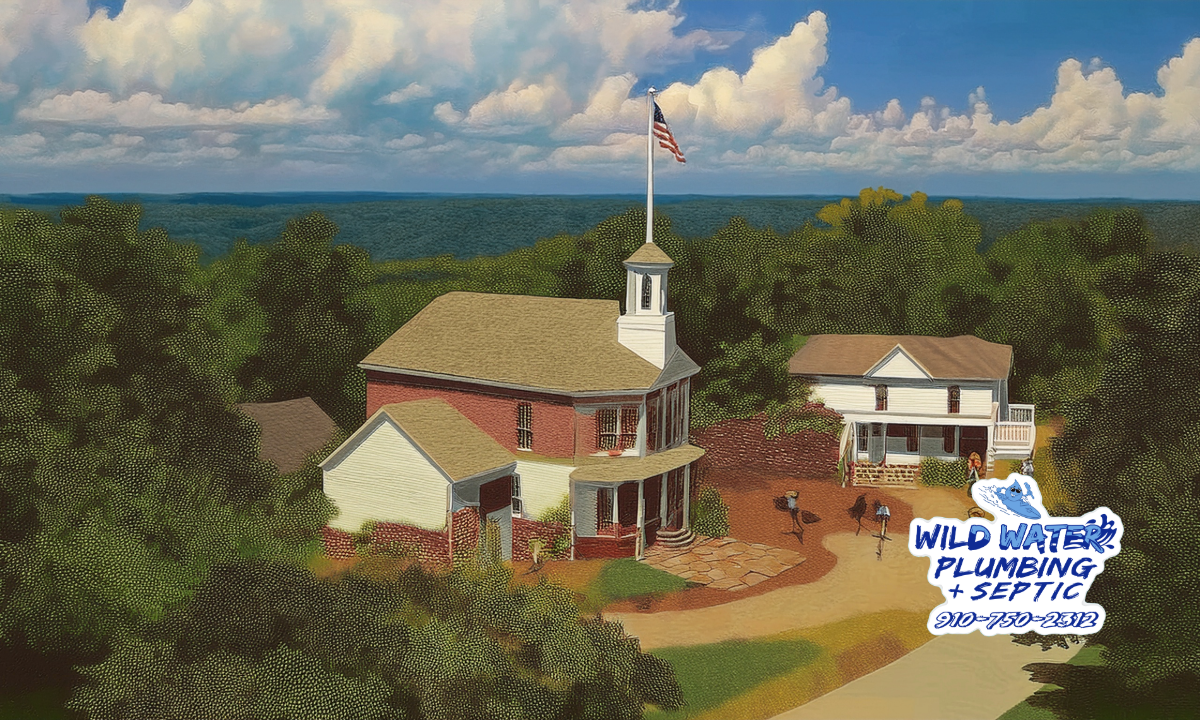Hi, I am Justin Wilder, owner of Wild Water Plumbing + Septic, and a U.S. Navy Veteran.
Maysville is one of the most unique places I work in because the town sits right on the edge of Croatan National Forest and carries some of the sandiest soil in the entire region.
If you live along Highway 58, out by White Oak River Road, or in one of the quiet neighborhoods around the town center, you probably already know how different the ground feels here.
That sandy soil may be great for drainage, but it is tough on well pumps.
Every year, I get calls from Maysville homeowners dealing with pumps that wear out early, systems that lose pressure, or wells that suddenly pull air.
The soil plays a bigger role in pump lifespan than most people realize, and Maysville’s sandy ground accelerates pump wear more than almost anywhere else in Onslow or Jones County.
I want to walk you through why this happens, what symptoms to watch for, and how I keep well systems in Maysville running longer and stronger.
Sandy Soil Makes Maysville Wells Pull More Sediment
Maysville soil drains incredibly fast.
That means water moves through the ground quickly, and when that happens, sediment moves with it.
Fine sand, silt, and mineral particles flow toward the well screen and eventually into the pump.
Sediment causes major problems, including.
Clogged impellers
Blocked intake screens
Abrasion on moving parts
Reduced pump output
Overheating from restricted water flow
Over time, even a small amount of sand grinding inside the pump wears down the internal parts and shortens its lifespan.
Sandy Soil Causes Water Levels to Change More Rapidly
Deep mud and clay in other towns hold water better, but sandy soil allows water to drain away quickly during dry spells.
This means water levels in Maysville wells fluctuate more dramatically.
When the water level drops
The pump must work harder to pull water
The motor runs hotter and longer
The system loses prime without warning
Pressure drops inside the home
Running a pump at lower water levels is one of the fastest ways to shorten its lifespan.
Pumps in Maysville Run Longer and Work Harder
Because the soil drains fast, wells in Maysville often require longer pump cycles to maintain normal household pressure.
Longer run times are tough on pumps and pressure systems.
Longer pump cycles lead to
More heat buildup
Wear on bearings and seals
More electrical strain
Earlier motor burnout
Homes near long, sandy driveways or properties with deeper wells feel this most often.
Sediment Damages Pressure Components as Well as the Pump
A lot of homeowners assume sediment only harms the pump. In Maysville, the opposite is true.
Sandy water affects the entire system, including pressure switches, valves, and pressure tanks.
Sediment buildup can cause
Pressure switches to clog or stick
Pressure tanks to fill with debris
Check valves to fail
Flow control valves to slow down
Even if the pump itself is not the first to fail, the supporting components will wear out early, shortening the effective lifespan of the entire system.
Pumps Lose Efficiency Much Earlier in Sandy Environments
Once sediment reaches the impeller, it quietly grinds the parts down. Pumps lose efficiency gradually long before they fail.
Common early warning signs include
Shower pressure weakening over weeks
Pump running longer than it used to
Water that looks cloudy when the system first turns on
Gurgling or sputtering from faucets
Air bubbles during use
These signs tell you the pump is wearing out inside even if it is still running.
How I Diagnose Well Pump Lifespan Issues in Maysville
When I respond to calls in Maysville, I expect soil-related issues.
My troubleshooting process focuses on how the environment affects the system.
Step 1: Check for Sand and Sediment
I inspect filters, the pressure tank, and pump output lines for signs of sand.
Even a small amount is enough to explain early pump wear.
Step 2: Evaluate Pump Performance and Efficiency
I measure how quickly the pump builds pressure, how long it runs, and whether it cycles too often.
Step 3: Test Water Levels
If the well is dropping during dry seasons, the pump may be running at unsafe depths.
Step 4: Inspect Pressure Switches and Controls
Sediment often damages these small but essential parts.
Step 5: Examine Voltage and Wiring
Rural Maysville homes often have older wiring, which can shorten the lifespan of pumps.
Solutions That Extend Pump Life in Maysville
Some upgrades significantly reduce pump wear in sandy soil conditions.
These include
Sediment pre filters
Larger pressure tanks
Pump saver devices
Corrosion and sand-resistant well caps
Stronger pumps built for gritty water
Regular tank and switch maintenance
Annual flushing of sediment-filled lines
These steps make a huge difference in how long a Maysville well pump lasts.
When Your Maysville Well Pump Struggles, I Am Ready to Help
Living in Maysville means having a well that works harder than most.
When your pump starts wearing out early, losing pressure, or showing signs of sediment damage, it is essential to act quickly before it fails.
As a U.S. Navy Veteran, I take pride in helping rural families protect their water systems with honest work and dependable service.
If your pump is running longer than usual, making noise, or showing early signs of failure, reach out to Wild Water Plumbing + Septic.
I will diagnose the issue, clean your system, and help you extend the lifespan of your well pump in Maysville’s sandy soil conditions.


